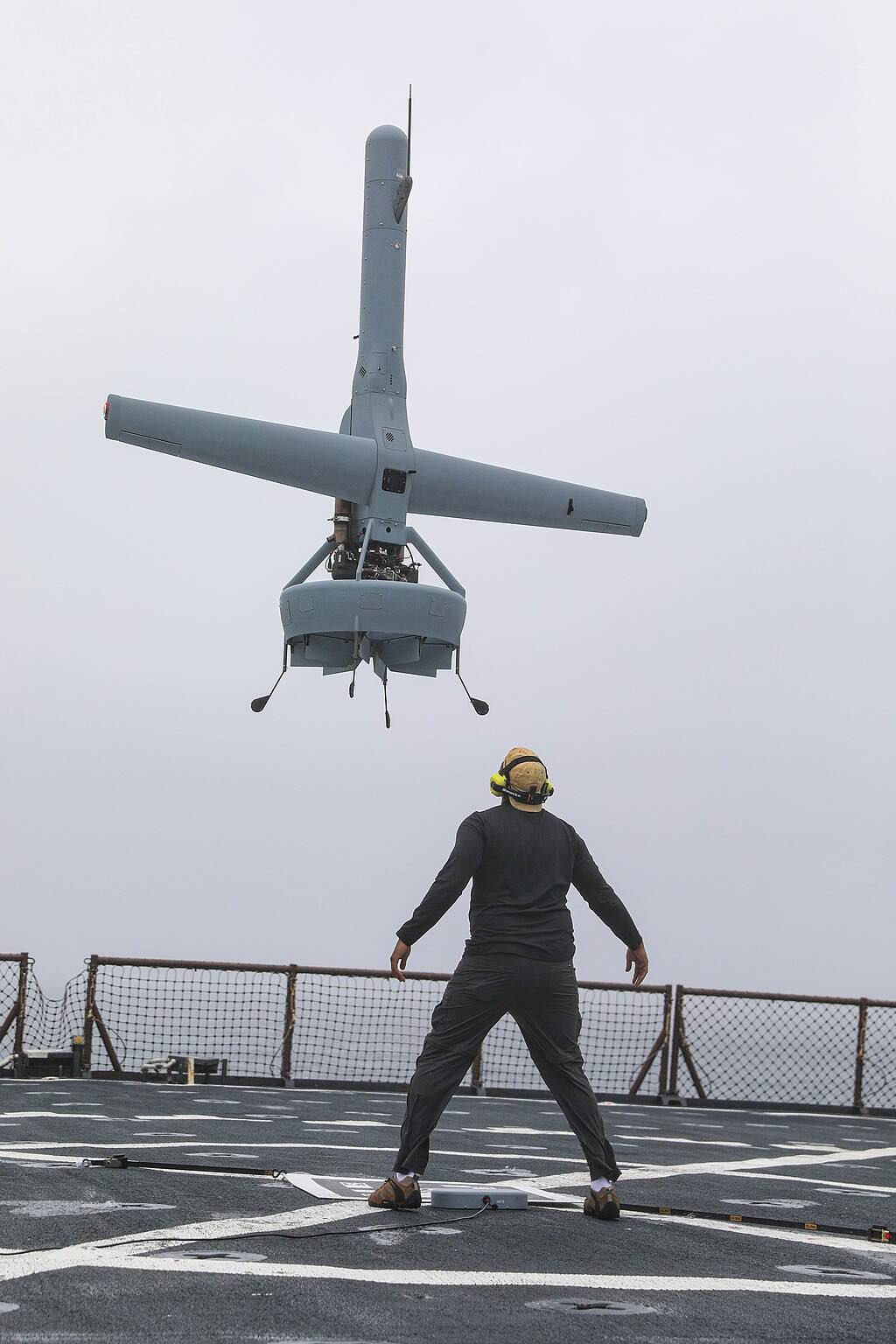


The company touts the X-BAT as a revolutionary advancement in the drone wingman concept, capable of operating independently or in collaboration with manned aircraft. However, while the X-BAT’s capabilities are impressive, its introduction raises critical questions about the future of autonomous warfare and the implications for military strategy and ethics.
The X-BAT is engineered to deliver combat capability without the need for traditional runways, a feature that could transform how U.S. and allied air forces conduct operations. Utilizing Shield AI’s Hivemind software as its autonomous core, the X-BAT can penetrate contested airspace, execute collaborative tactics with manned aircraft, and perform missions such as strike operations, electronic warfare, and intelligence, surveillance, and reconnaissance (ISR) without relying on constant communication links. With a range exceeding 2,000 nautical miles while fully armed, the X-BAT can operate from ships, islands, or austere sites lacking prepared runways, offering unprecedented flexibility in deployment.
Shield AI’s senior vice president of aircraft, Armor Harris, describes the X-BAT as a “revolution in airpower,” highlighting its combination of VTOL capability, extended range, autonomy, and multirole functionality. The aircraft’s ability to operate autonomously or collaboratively simplifies kill chains and enhances survivability, particularly in environments where traditional assets may be unavailable or compromised.
The introduction of the X-BAT aligns with the U.S. Air Force’s emphasis on “affordable mass” in its Collaborative Combat Aircraft (CCA) program. By providing a cost-effective alternative to fifth-generation jets, the X-BAT allows for the deployment of multiple units without significant financial strain, enabling a more flexible and scalable approach to air combat. The concept of “attritability” further underscores the X-BAT’s strategic value, as it can be sacrificed in missions without incurring prohibitive costs, a critical factor in high-risk operations.
Moreover, the X-BAT’s autonomous capabilities could reduce the cognitive load on human operators, allowing for more efficient mission execution and potentially lowering the risk of human error. Its ability to operate without constant communication links also enhances its effectiveness in environments where electronic warfare may disrupt traditional command and control systems.
Despite its promising features, the deployment of the X-BAT raises several ethical and operational concerns. The increasing reliance on autonomous systems in combat scenarios necessitates rigorous oversight to ensure compliance with international humanitarian law and the laws of armed conflict. The potential for autonomous systems to make life-and-death decisions without human intervention challenges traditional notions of accountability and responsibility in warfare.
Furthermore, the integration of autonomous systems like the X-BAT into existing military frameworks requires careful consideration of interoperability and command structures. The effectiveness of collaborative tactics hinges on seamless integration between manned and unmanned assets, necessitating advanced training and adaptation of military doctrines to accommodate these new technologies.
As Shield AI prepares for the first vertical takeoff and landing flights of the X-BAT in 2026, the defense community must engage in a comprehensive dialogue about the implications of autonomous warfare. While the X-BAT represents a significant technological advancement, its introduction underscores the need for updated policies, ethical guidelines, and strategic frameworks to govern the use of autonomous systems in military operations.
The X-BAT exemplifies the rapid evolution of unmanned aerial technology and its potential to reshape the landscape of modern warfare. However, its deployment must be accompanied by thoughtful consideration of the ethical, operational, and strategic challenges it presents. Only through careful planning and oversight can the promise of autonomous systems like the X-BAT be fully realized without compromising the principles that underpin just and lawful military conduct.
Main Image: By U.S. Navy photo by Mass Communication Specialist 3rd Class Moises Sandoval https://commons.wikimedia.org/w/index.php?curid=132411677
Bulgaria Bets on Rheinmetall to Reignite Europe’s Ammunition Industry